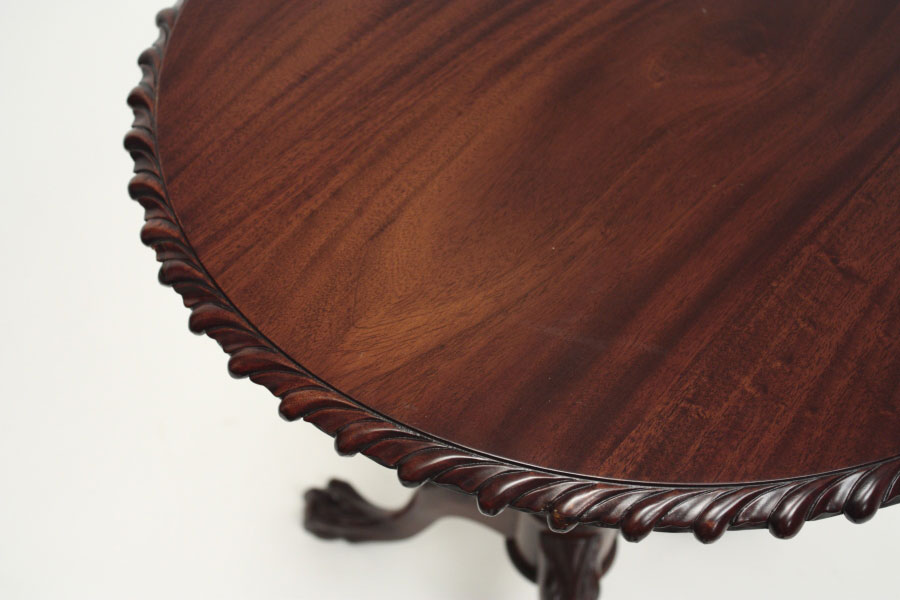Recent Posts
The "Solid Wood" Test
Posted by on
If you don't know a lot about furniture construction, what types of joints to look for, what types of woods, or the pros and cons of different finishing techniques, try this simple "solid wood" test to quickly gauge quality: Ask the company what their furniture is made of:
- If they say that they build with solid hardwoods like mahogany, walnut, teak or oak, quality materials are being used and this is one great indicator that their products are going to be durable and long-lasting.
- If the answer is particle board, MDF (medium density fiberboard), coupled with veneer be cautious. Manufactured synthetic materials are not as sturdy and durable as hardwoods and are much more difficult to repair. While veneer can be a wonderful material to work with if it is intentionally part of the design (i.e. inlaid marquetry), keep in mind that veneer does not have the visual depth, weight, or character of grain that solid wood carries. Veneer patterns also often repeat because they are circularly sliced around the circumference of the wood rather than across like with lumber.
- Lastly, if the company’s representative cannot give you an answer, simply thank them and move on to the next location – a dealer should always know what goes into his products and should not be afraid to talk about it.
Having built antique reproduction furniture for over a quarter century, we can attest that solid wood makes all the difference in our own furniture. Handpicking real hardwoods, like the Chippendale Pie Crust Table, and knowing proper joinery techniques is the best way to ensure longevity and durability.
For more information about how Laurel Crown crafts our own furniture check out this blog post on "What makes Laurel Crown's craftsmanship different".










